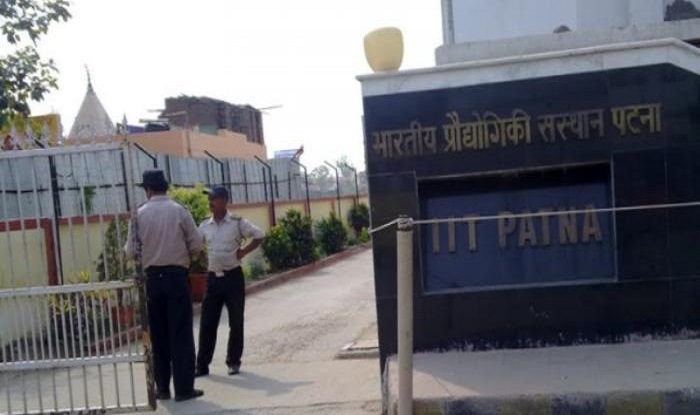The new IITs are witnessing their best placement season ever. Six IITs were established in 2008 in Patna, Bhubaneswar, Gandhinagar, Ropar, Jodhpur, Hyderabad and two were established in Mandi and Indore in 2009. The reason behind increased hiring in these decade old IITs is that over the years they have been able to instill confidence among recruiters. Another reason is that established IITs like Delhi, Bombay, Kanpur, Madras, Kharagpur has a limited talent pool and this is compelling the recruiters to go to newer IITs in search of talents.
Some companies like Deloitte, Publicis.Sapient and Mahindra & Mahindra moved completely towards newer IITs to recruit new engineers while companies like Samsung, Amazon, Capgemini, Goldman Sachs, Reliance Jio Infocomm and Maruti Suzuki have stepped up hiring from these new mines of talent. Few companies like Oyo Rooms, Toppr, Wipro and Infosys visited these campuses for the first time this year. SV Nathan, Chief talent officer at Deloitte India said “There is a mad rush of recruiters at old IITs and top talent vanishes in the first few days itself. With equally good tech talent available at new IITs, we have started making inroads to newer institutes”. There are few students left to recruit in last year at old IITs because many students are placed in pre-placement offers (PPOs) which are conducted for the second and third-year students. Also, there is a craze in old IITs for startups and to join new companies, students feel that they can learn more in startups and new companies. It is also seen that the students at older IITs are more likely to continue their studies and go for a masters degree in different fields. All these things ultimately leave a few talents in old IITs to hire, therefore the companies are moving towards newer IITs. About 40% fresh engineering graduates at Mahindra now come from new IITs. “Over the past few years, we have brought down the B.Tech hiring from old IITs to nil due to high attrition rate”, said chief people officer Rajeshwar Tripathi.
The package offered by companies has also gone up in the newer IITs. The highest salary offered at IIT Gandhinagar has doubled in comparison to the previous year. IIT Gandhinagar also received two international offers this year while last year it received none. The average salaries at Gandhinagar, Mandi, and Indore IITs have increased about 18% from a year earlier to Rs 11-16.3 lakh this year. As per the recruiters, the talent pool at new IITs is good against the general perception that students here are not as good as older IITs. Naveen Narayanan, vice president-hiring at Publicis.Sapient, India & APAC said, “It is incorrect to think the new IITs are different from the older ones. The only difference is probably the rich alumni (at old IITs) who invest back into internship options or industry connects, overall, students pass through the same performance toll gates.”
90 percent students at IIT Mandi and IIT Ropar have been placed while the IIT Indore has placed 99 percent students so far. The number of companies visiting IIT Mandi has gone up to 58 from 31 companies last year and IIT Indore was visited by 52 companies from 45 last year. At IIT Hyderabad highest domestic offers were made by Qualcomm and Goldman Sachs. It received 268 offers with 100 companies making a visit so far. The number of pre-placement offers jumped to 47 from 18 in 2017. The placements at newer IITs close after those at the established ones end. Some recruiters are still closing last-minute hiring from these IITs.
The students at newer IITs getting good placement indicates the rise in hiring process and growth in company activities in the country. The Indian economy is the fastest growing major economy in the world now and all global institutions have predicted a positive trend for the country in the upcoming years. The companies have confidence in the country and they have increased the hiring and as well as production activities. This is a positive sign for the economic future of India.
